Among the numerous methods for measuring water flow velocity, the ultrasonic Doppler flowmeter stands out with its unique advantages. This instrument is like an expert proficient in the language of water. By emitting and receiving ultrasonic waves, it can accurately interpret the movement state of water flow, providing reliable data support for fields such as hydrological monitoring and water conservancy projects.
The core technical principle of the WX-LS6+ ultrasonic Doppler flowmeter is derived from the Doppler effect. When the instrument emits ultrasonic waves into water, these sound waves will be reflected when they encounter suspended particles or tiny bubbles in the water. Due to the movement of water flow, the frequency of reflected sound waves will change. By capturing this frequency difference, the instrument can precisely calculate the speed of water flow. This non-contact measurement method neither interferes with the water flow state nor fails to obtain accurate measurement results.
In practical applications, ultrasonic Doppler flowmeters have demonstrated numerous advantages. The traditional mechanical current meter requires the probe to be immersed in water, which is not only cumbersome to operate but also prone to interference from aquatic plants, silt and other debris. The ultrasonic Doppler flowmeter can complete the measurement simply by installing the sensor near the water surface or on the outside of the pipe. This non-invasive feature greatly simplifies the measurement process and also reduces equipment wear and tear.
The portability of the instrument is also one of the reasons for its wide popularity. Modern ultrasonic Doppler flowmeters are often exquisitely designed and lightweight, making them easy to carry to various measurement sites. Whether it is a rapid river or a narrow pipe, it can be quickly deployed and used. This flexibility makes it an ideal choice for fieldwork and emergency monitoring.
In terms of measurement performance, the ultrasonic Doppler flowmeter also performs exceptionally well. It is not affected by the turbidity of water quality and can work stably in both clear and turbid water. It has a wide measurement range, capable of capturing both slow trickles and swift water currents. More importantly, as there are no mechanical rotating parts, the maintenance requirements for the instrument are extremely low, and its long-term reliability is very high.
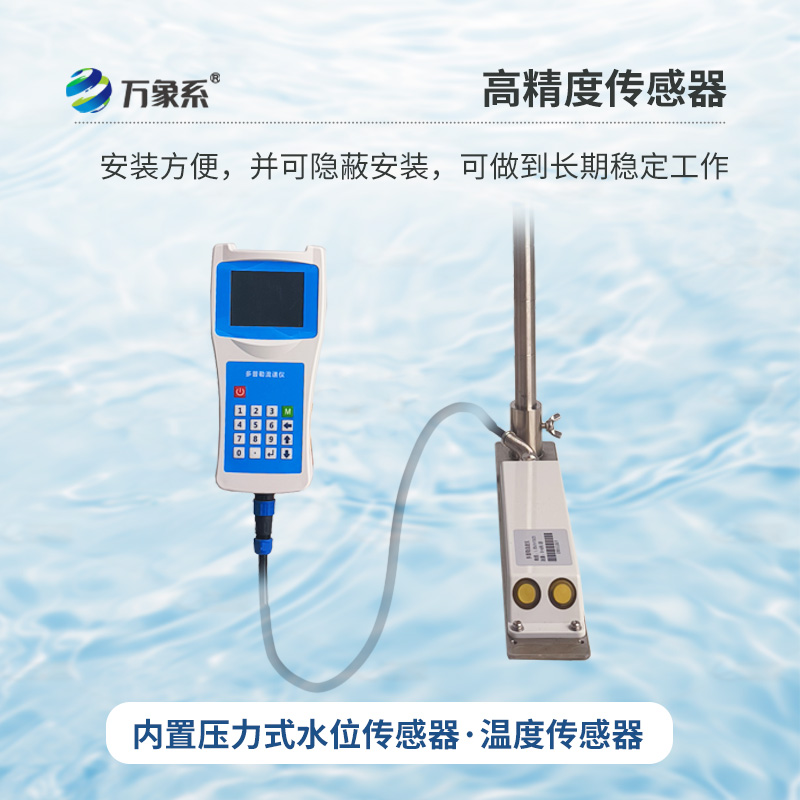
Article address:
http://www.qxhjjc.com/en/article/1741.html

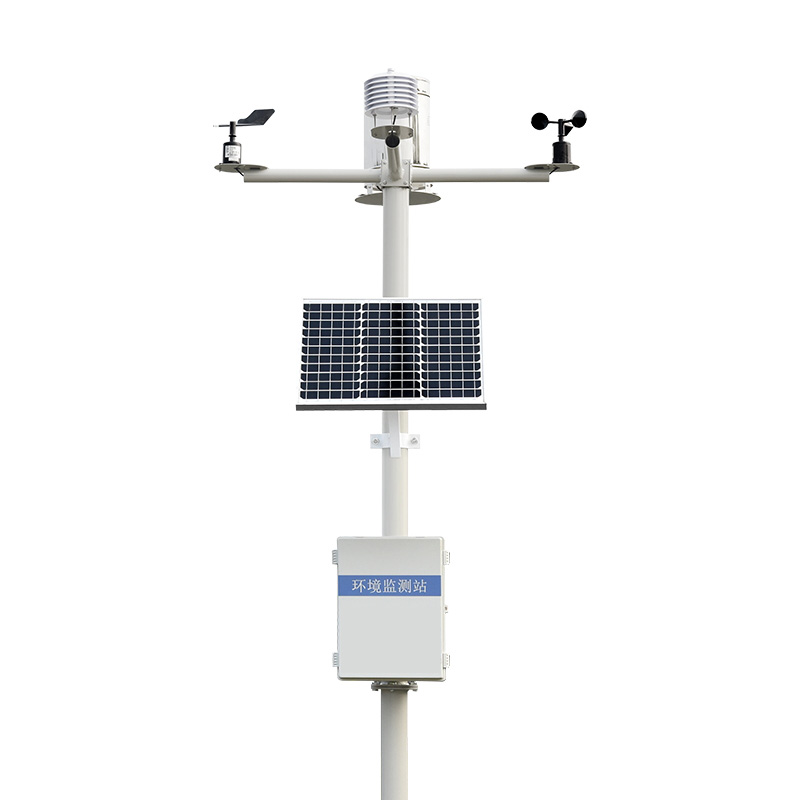
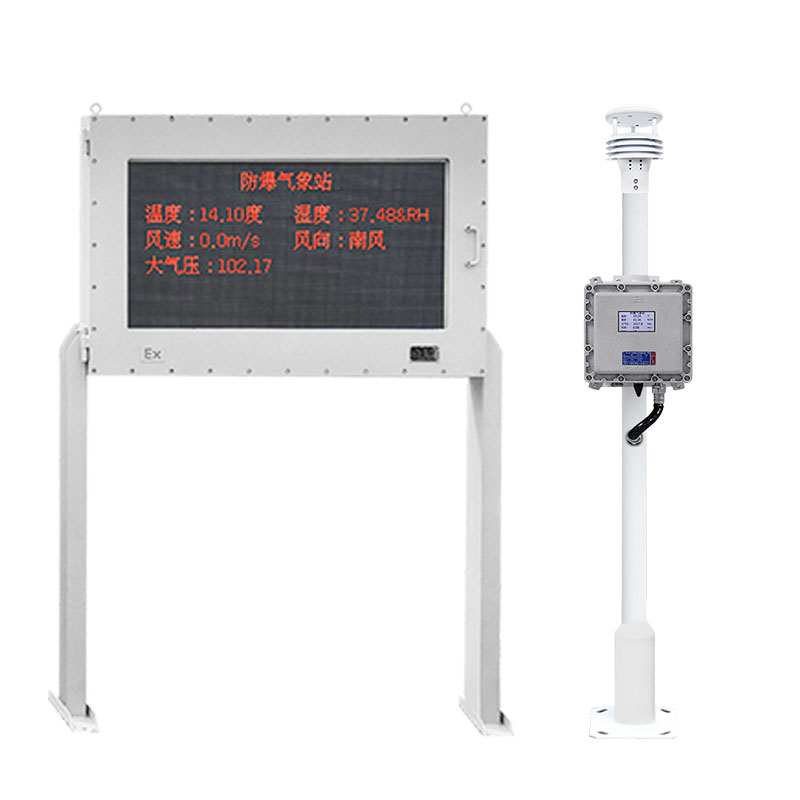
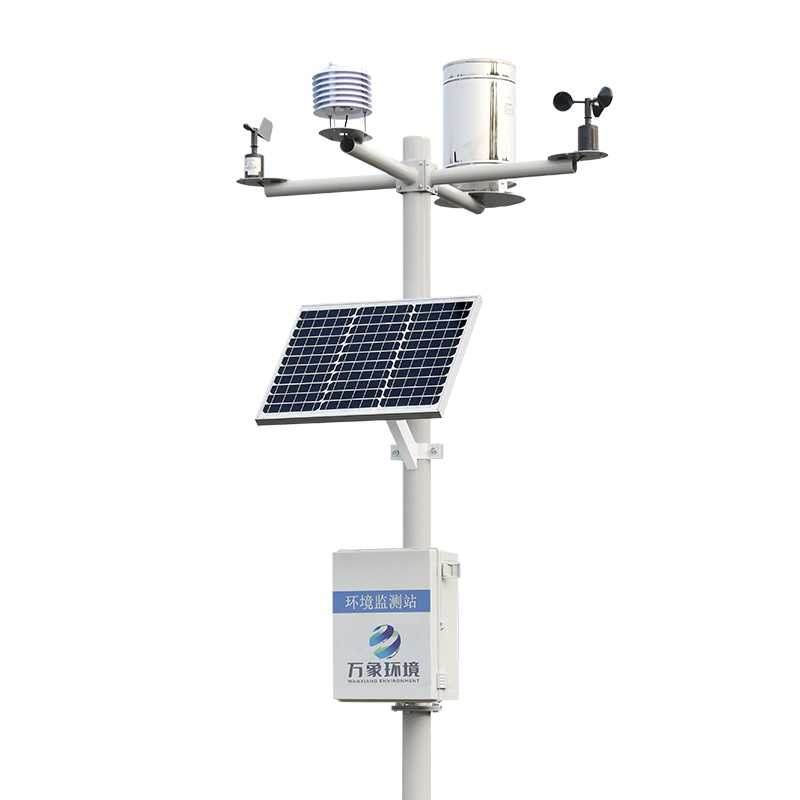
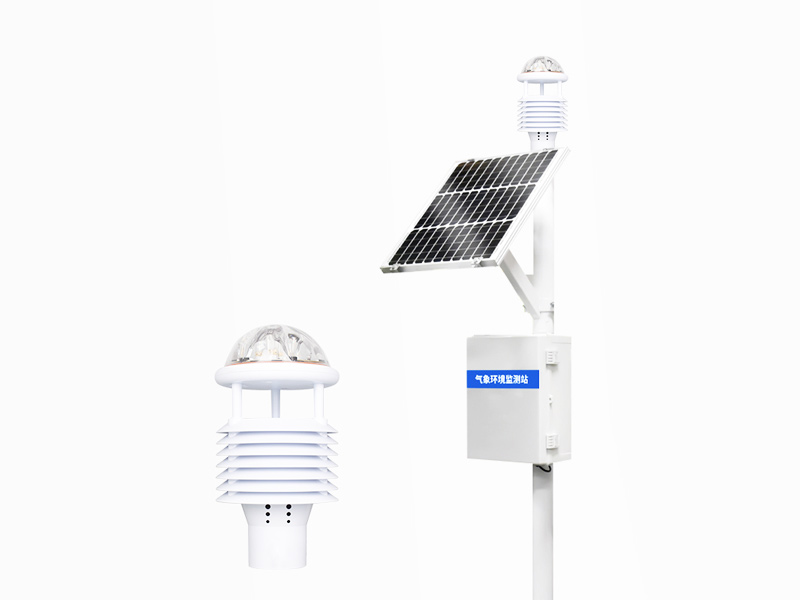
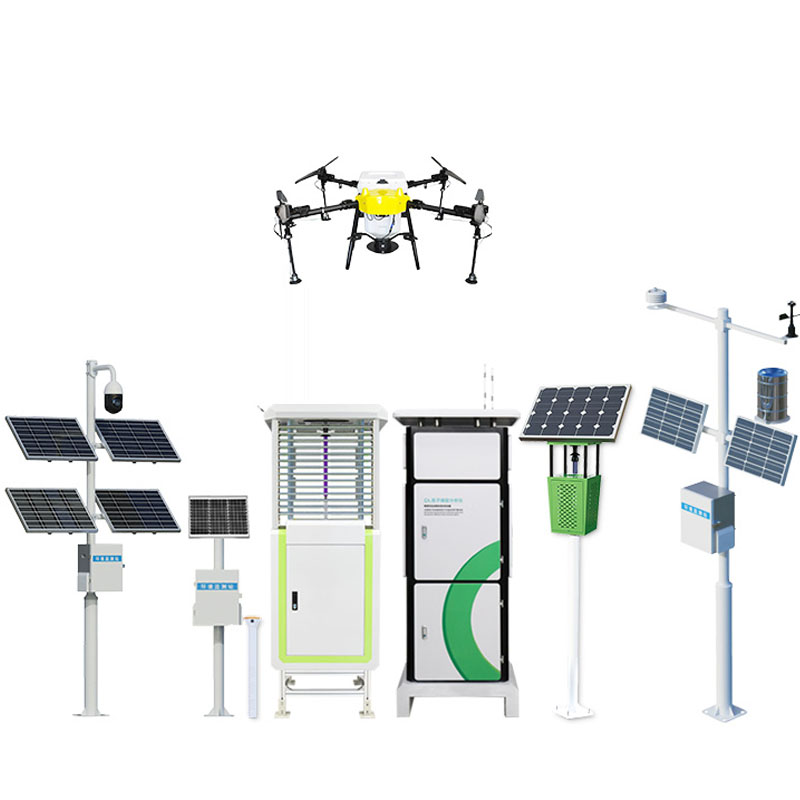






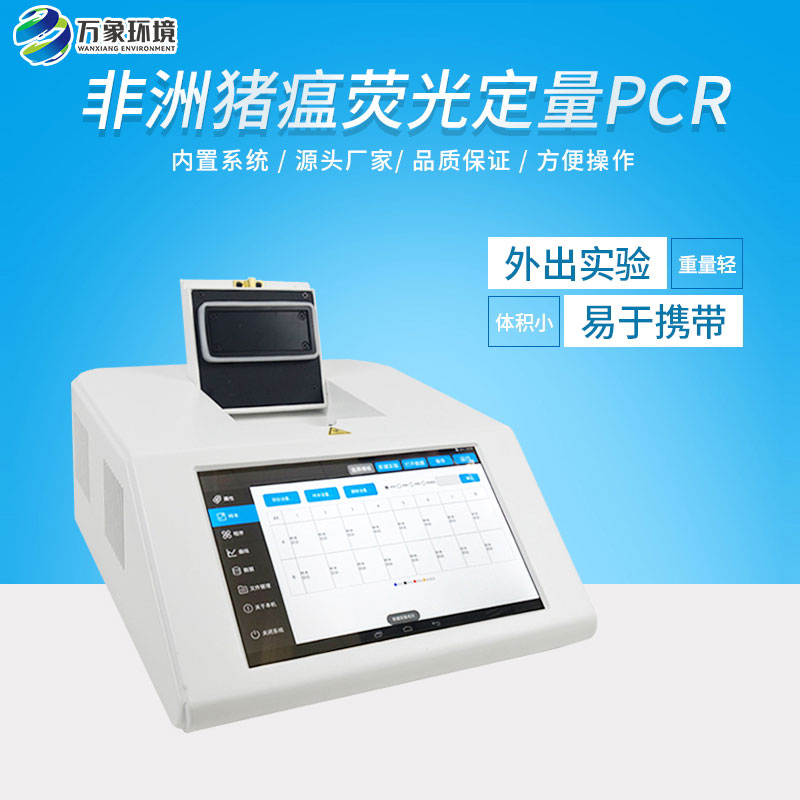
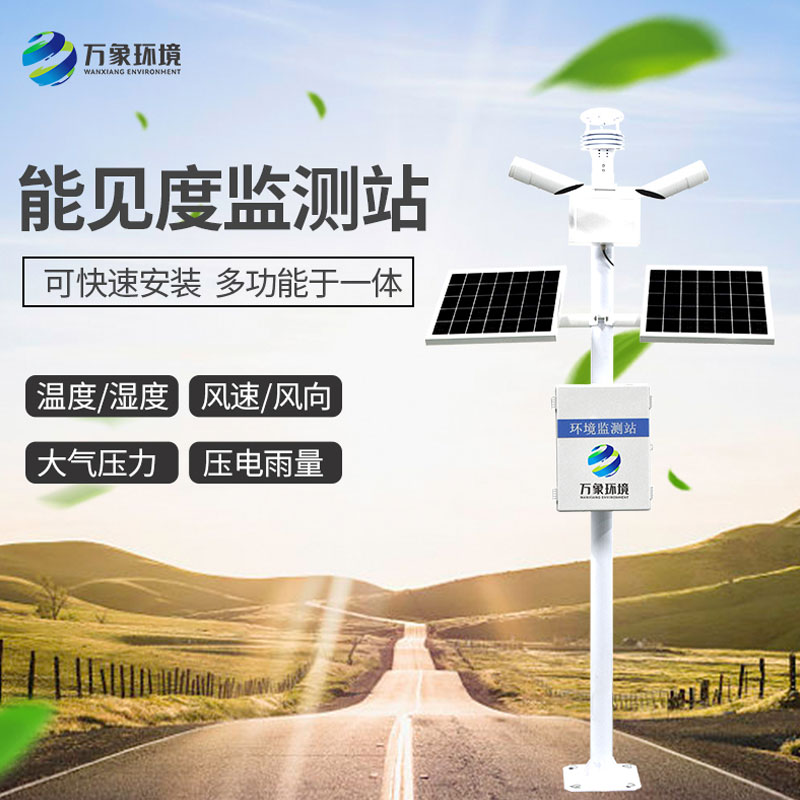
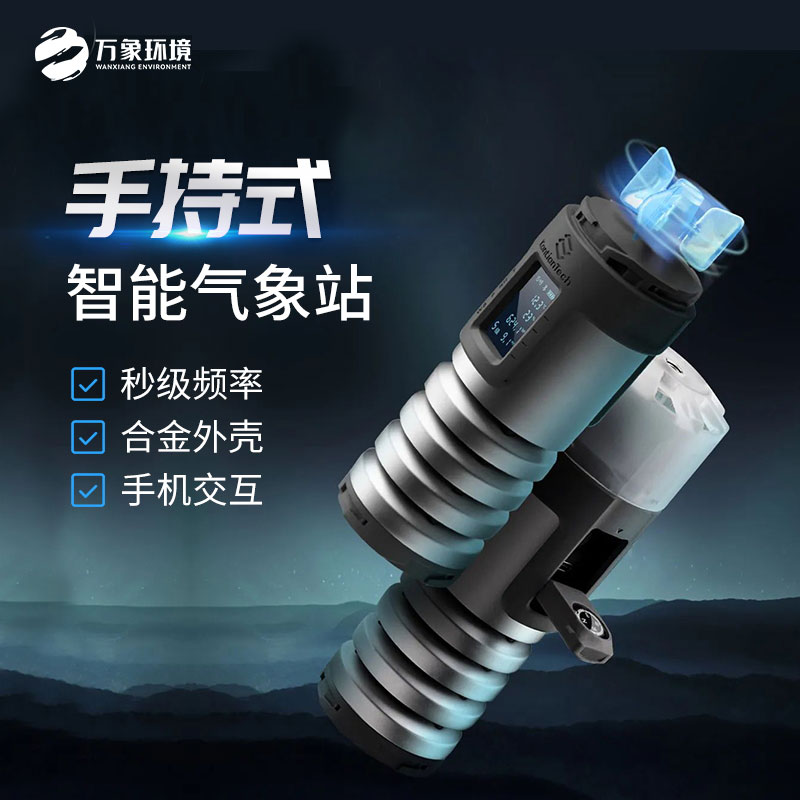
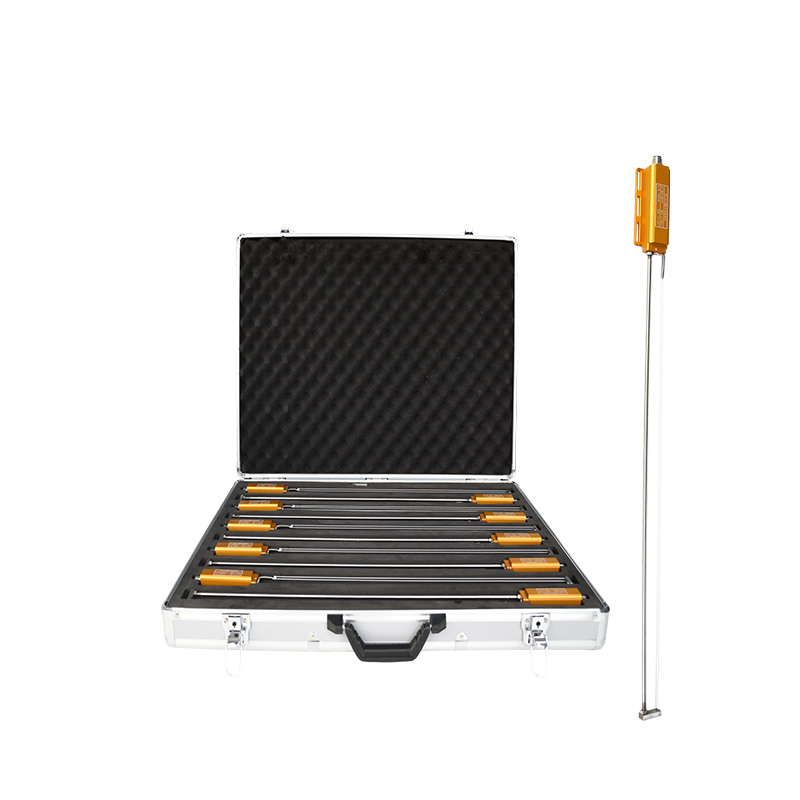


 Home
Home phone
phone Product Overview
Product Overview Contact Us
Contact Us